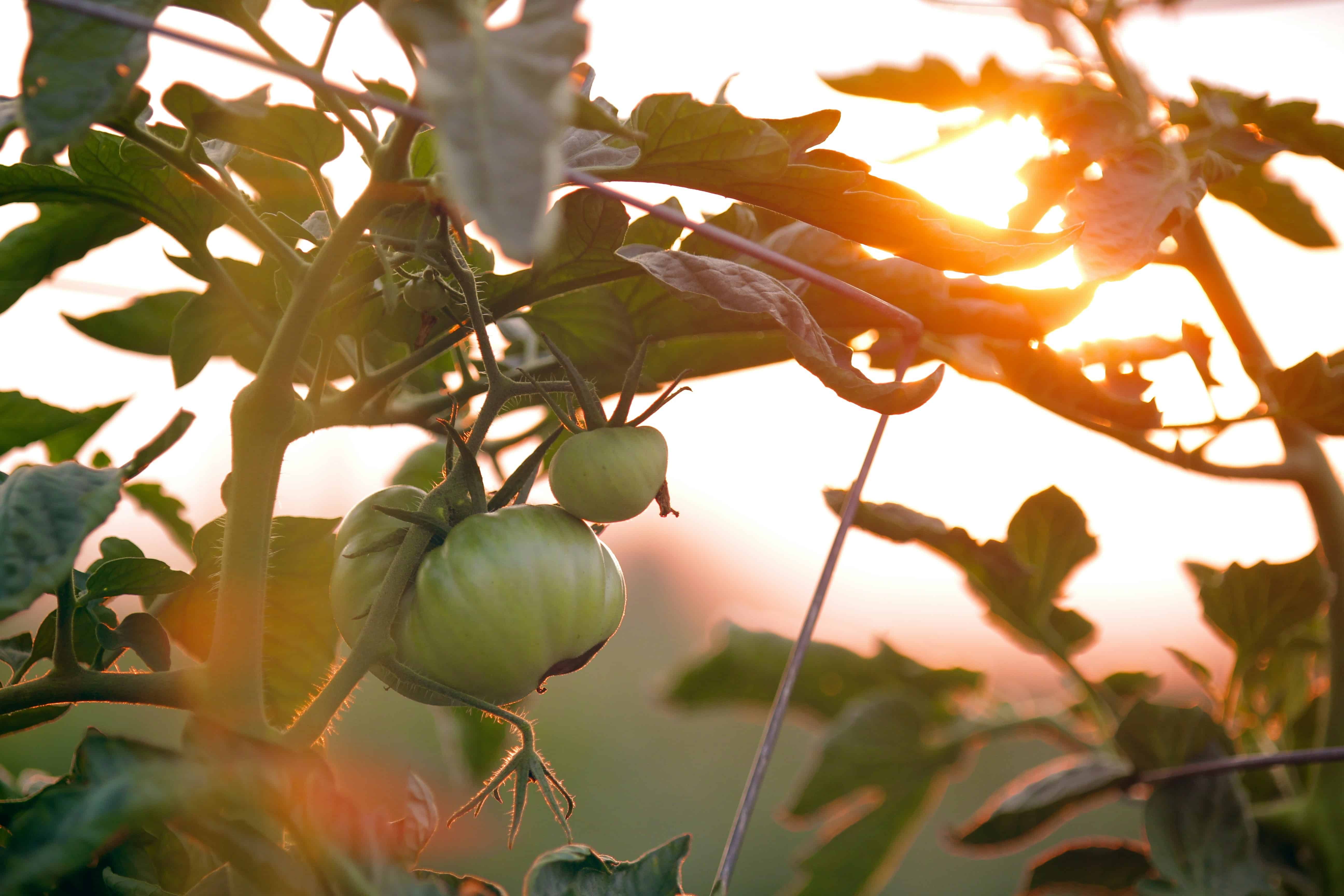Key Takeaways:
- The study tested the effects of microbial biofertilizers and algae-based biostimulants on tomato growth.
- PGPM_2 (a microbial biofertilizer) and Biost_1.0% (a higher concentration of biostimulant) yielded the best results in plant growth and tomato production.
- The combination of PGPM_2 and Biost_1.0% led to the highest tomato yield, demonstrating the potential of these products for sustainable agriculture.
- Microbial biofertilizers improved fruit size and sugar content, while biostimulants enhanced color and lycopene levels.
A study led by Quintarelli et al. (2024) investigated the potential benefits of using microbial biofertilizers and algae-based biostimulants in the cultivation of tomatoes (Solanum lycopersicum L.) in an organic farming setting. The research, conducted over two growing seasons in 2022 and 2023, aimed to determine how these inputs affect plant growth and yield in a real-world environment.
Study Design and Methodology
The experiments were carried out on an organic farm located in Ferrara, Italy, using a split-plot experimental design. The researchers tested two microbial biofertilizers (PGPM_1 and PGPM_2) and a control group with no biofertilizers (No_PGPM). Additionally, two concentrations of an algae-based biostimulant (0.5% (Biost_0.5%) and 1.0% (Biost_1.0%)) were applied, along with a control group with no biostimulant application (No_Biost).
- Biofertilizers were applied at the time of transplanting.
- Biostimulants were applied at 15 and 30 days after transplanting.
During the growing period, researchers monitored key plant metrics including soil plant analysis development (SPAD), nitrogen difference vegetation index (NDVI), leaf area index (LAI), and photosynthetic photon flux density (PPFD). Additionally, tomato yield was measured at the end of the experiment.
Results
The study found that the combination of microbial biofertilizers and algae-based biostimulants significantly boosted tomato growth and productivity.
- PGPM_2 demonstrated the best results in terms of shoot biomass (132.9 g plant−1), plant height (44.7 cm), leaf number (34.0 plant−1), and root biomass (9.22 g plant−1).
- PGPM_1 achieved intermediate results, while the control group (No_PGPM) showed the lowest values for all parameters.
- Higher SPAD, NDVI, LAI, and PPFD values were observed in plants treated with biofertilizers compared to the control.
In terms of biostimulant treatments, the highest growth parameters were recorded in the Biost_1.0% treatment group, followed by Biost_0.5% and No_Biost.
- Tomato yield was highest in the combination of PGPM_2 and Biost_1.0%, reaching 67.2 t ha−1.
- Biofertilizers also influenced fruit size and sugar content, while biostimulants were associated with improved color and increased lycopene levels.
Read the complete study here.


